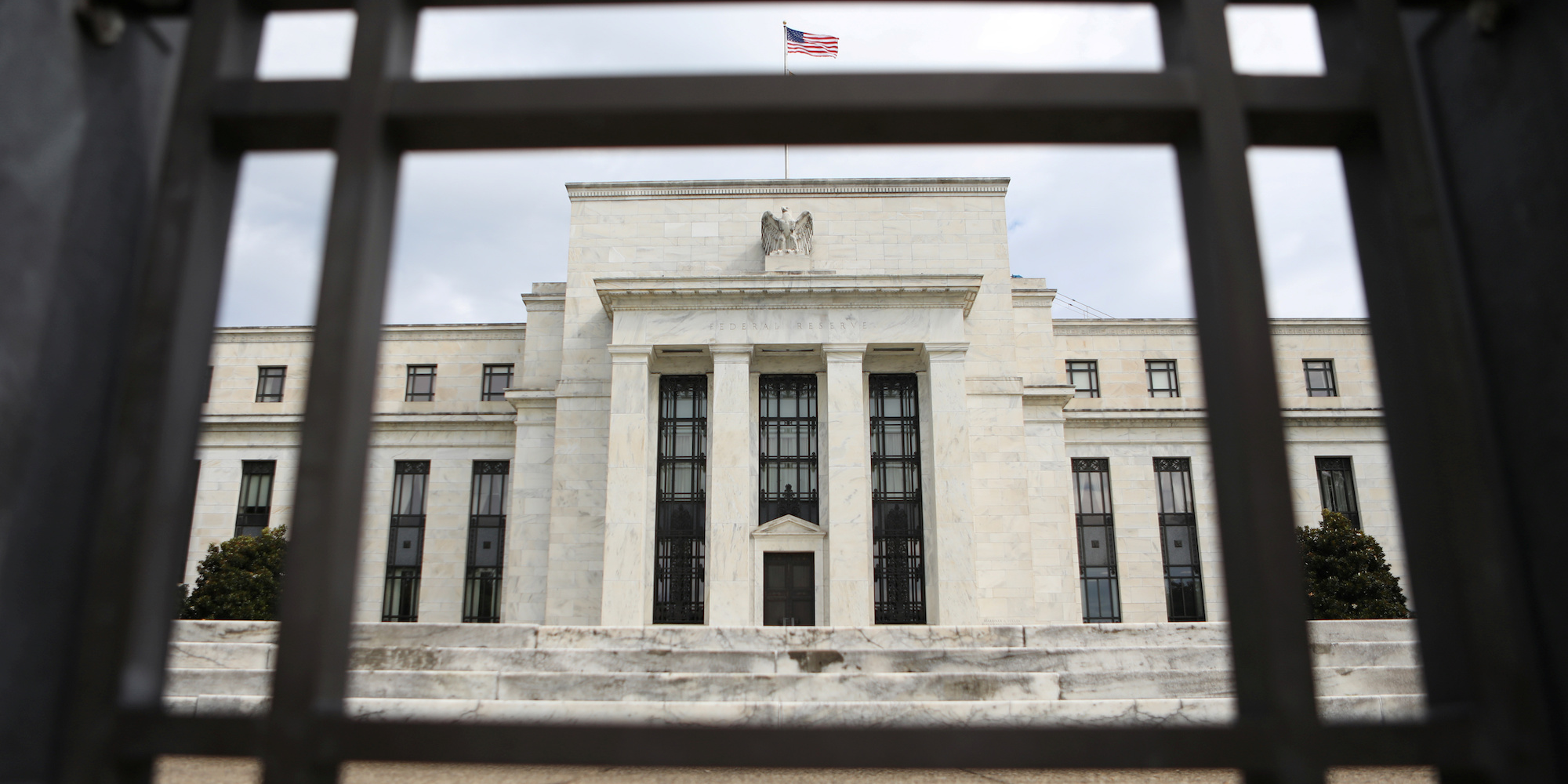- The Federal Reserve took action in financial markets for a second straight day Wednesday in another attempt to keep interest rates from moving higher.
- The central bank has injected a total of $128 billion into markets – $53 billion on Tuesday and another $75 billion on Wednesday.
- This week marked the first time the central bank had taken such steps since the global financial crisis 10 years ago.
- Visit the Markets Insider homepage for more stories.
The Federal Reserve took action in financial markets for a second day Wednesday in another attempt to keep interest rates from moving higher. It marked the first time the central bank had taken such steps since the global financial crisis 10 years ago.
The New York Federal Reserve said on Wednesday it would inject $75 billion into the market through another overnight repurchase agreement aimed at keeping the federal funds rate within its target range of between 2% and 2.25%.
An initial round of the market operation of more than $50 billion on Tuesday only temporarily reined in borrowing costs. Short-term rates had previously shot up as high as 10%, threatening to disrupt the bond market and the overall lending system.
There is debate around the exact catalyst behind why the amount of cash banks have on hand for short-term funding needs dried up early this week. But the shortage came after businesses had to pay quarterly tax bills at the same time that the Treasury issued billions in new bonds.
This story is developing. Please check back for updates.
Read more: Trump will likely be let down on his demand for a 'Big Interest Rate Drop' this week

